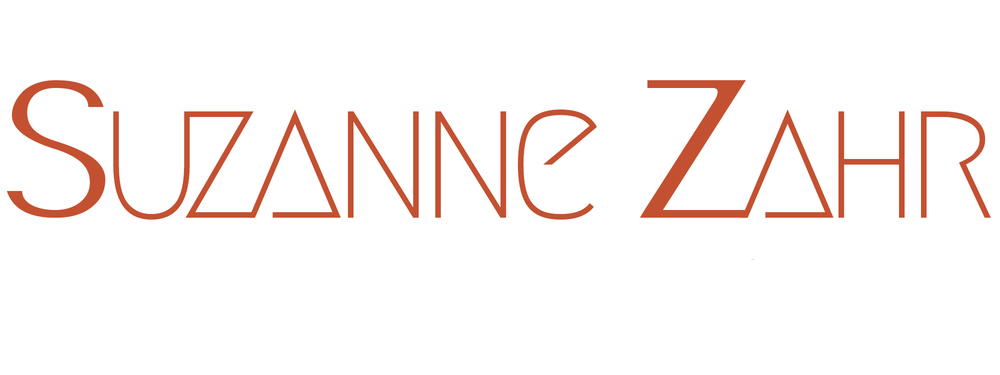Control Anatomy No. 1
Control Anatomy No. 1
Study | Digital photography
30 x 42 cm | 11 3/4 x 16 1/2 in
"Homes of the camp are known for being tight, overcrowded, and stuck next to one another even though there are spaces and lands on which can be built. And this was a strong motivation for my innocent questions that I used to launch repeatedly about the narrowness of the street and the sound of neighbors which passed from the room’s wall and penetrated my ears.
Why are homes of the (refugee) camp stuck together?
I knew the answer lately when the Relief and Works Agency began working in Khan Yunis to restore the western camp’s infrastructure, and they attempted to expand the streets to ease the passage of wagons of different kinds. After which the step was met with extreme anger from the refugees’ popular committee and some families, because in their view, it resembles a process of segregating the camp and extracting it from its architectural mold. Because the camps must be singular architectural masses making them challenging to penetrate.
This theory, although convincing to propose, has fallen repeatedly at the Jabalia and Rafah Camps after the militant ruler then decided to begin dismantling the camps’ infrastructure.
Since the militant ruler’s machines that turn our bodies into bridges to pass on and reach its end won’t be forbidden by frail concrete walls."
In this exhibition, Mahmoud Alhaj examines the colonial violence and mechanisms of domination and control imposed on Palestinian geography over the years. Alhaj’s projects preceded the intensification of these oppressive tools, ultimately leading to the ongoing genocide and atrocities in the Gaza Strip over the past months. Alhaj views the technology of violence production as the culmination of an ongoing workshop organized by the colonizer behind the scenes to invent the most violent methods to subjugate Palestinians.
The exhibition features a collection of projects completed by Alhaj in recent years, including Violence 24/7, Fragile, and 402 of Gray. These works rely on images that aim “to keep pace with the crazy flow of violent events” around the artist. Alhaj selects “images that have lost their luster in the eyes of viewers and faded into the back doors of internet search engines,” and images that have had repercussions on himself and those around him. He reintroduces these images within a contemporary artistic narrative.
Alhaj layers photographs taken over the years and compares them to uncover changes over time, akin to an investigative detective on a highly meticulous mission. He gathers the traces left by colonial strategies, including the distortion of landscape and the delineation of control and domination. He finds evidence in various places such as the wall, sewage dumps, military barracks, watchtowers, streets, roundabouts, and borders…
In Violence 24/7, Alhaj resorted to dismantling and reconstructing specific parts of the violence archive of the military governor, spanning from 1987 to 2023. He subjects these images and materials to an intense digital treatment process.
The strength of Alhaj’s projects lies in his foresight in studying violence technology, an issue of increasing importance in the Palestinian context as the genocide in Gaza intensifies using these technologies. Additionally, his work stands out due to his meticulous attention to detail and his ability to transcend the limitations of digital techniques, resisting their easy allure. Instead, he takes a more deliberate approach, manipulating digital technology to serve his vision and ideas.
Words by Rana Anani


